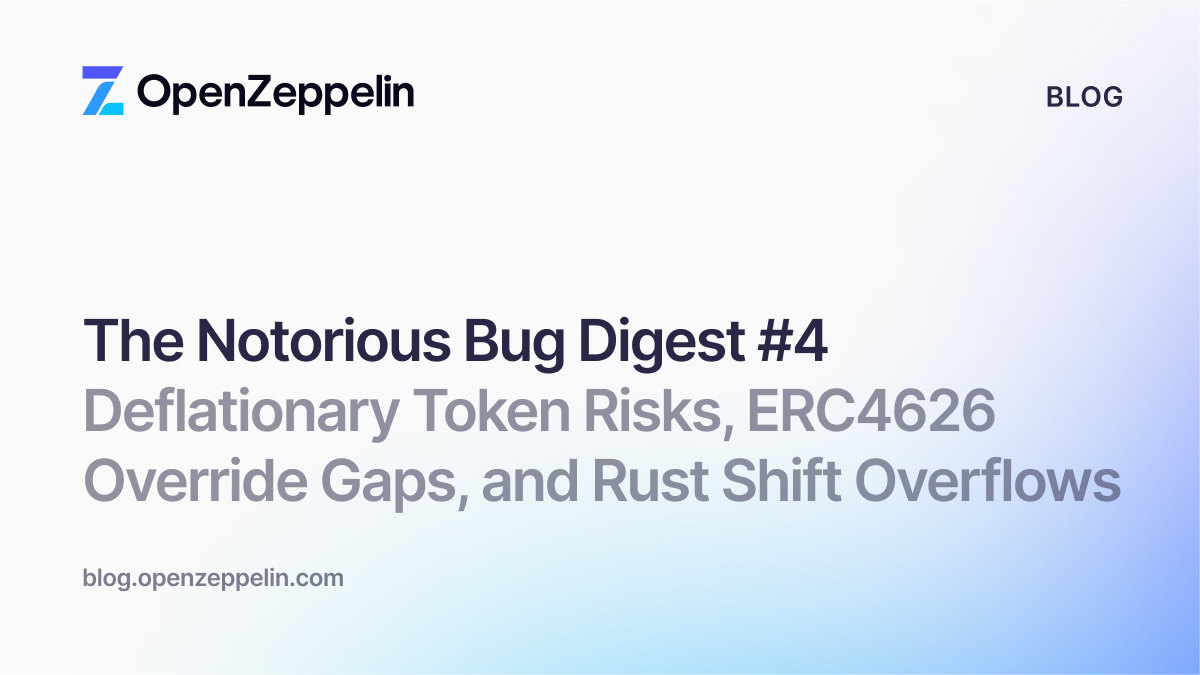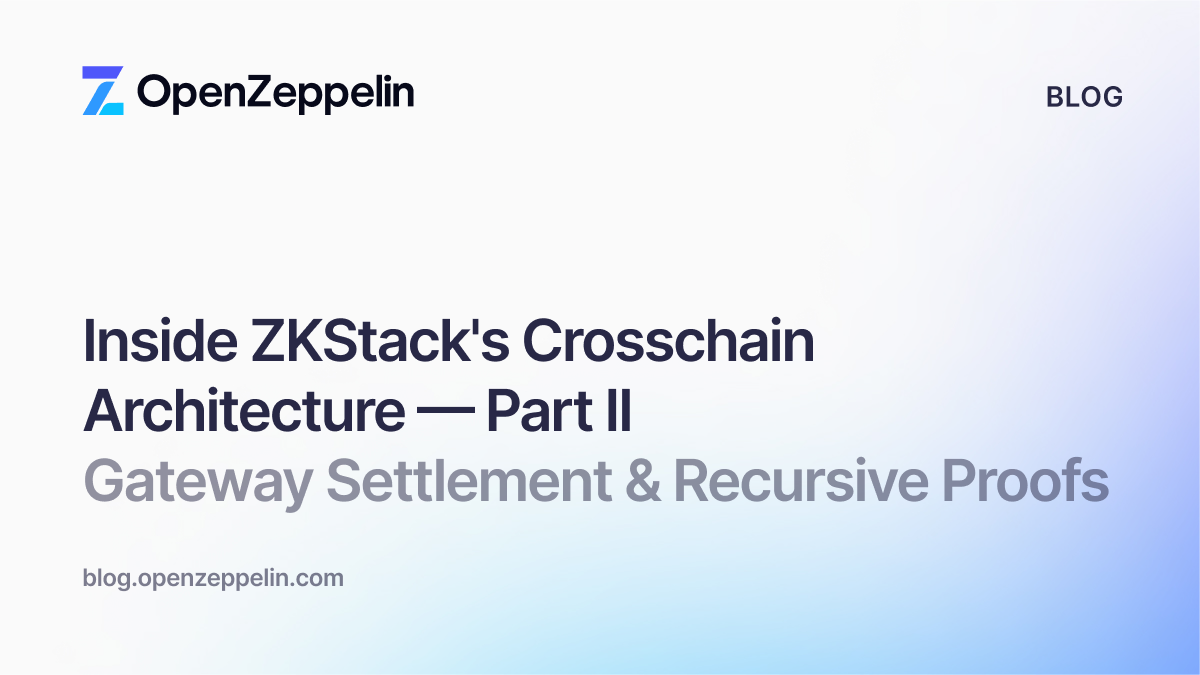Thank you for your interest in this post! We’re undergoing a rebranding process, so please excuse us if some names are out of date.
In A Path Toward Better Token Sales, we covered how token sales originally met a critical need in the blockchain industry: access to capital and distributing tokens to the community. As the industry matured, however, new avenues of funding became available. Today, we believe the industry is ready to not only improve on how token sales are structured, but also explore alternative funding options altogether.
We’re seeing a very similar evolution play out with founder’s tokens. Originally, founder’s tokens helped meet a great need in the blockchain space. But as with token sales, we believe that it’s time to improve on existing practices and explore more effective alternatives.
The importance of founder’s tokens
Many of the first blockchain projects were introduced without founder’s tokens. Bitcoin, for example, had no public sale. Bitcoins were only acquired through mining — Satoshi being the first one.
Inspired by Bitcoin’s vision and success, a growing number of developers started experimenting with new mechanisms and services. Still, the development community remained fairly small, especially compared to other programming fields. For the number of blockchain-related projects to grow, there needed to be a way to incentivize more teams to get involved. Thus, founder’s tokens were born.
Founder’s tokens provided a clever way to economically incentivize development by giving teams an opportunity to benefit from their contributions. And because they were benefiting through the same digital asset (tokens) as their funders (token buyers), their long-term financial incentives were also aligned.
For example, Ethereum was one the first major projects to implement founder’s tokens. The project was outlined by Vitalik Buterin in late 2013. He believed that Bitcoin needed a scripting language for application development. After failing to gain agreement, Vitalik joined Mihai Alisie, Anthony Diiorio, and Charles Hoskinson to develop Ethereum in early 2014.
The team went on to develop a series of proof-of-concepts. This process was labor-intensive and involved a certain level of risk given the were devoting their efforts to an unproven solution (Ethereum) rather than a more established protocol (Bitcoin).
The Ethereum project opted to pre-mine a certain number of tokens, distributing them to founders and employees. This no doubt helped them attract a larger, more qualified team, as well as lowered the risk of experimentation.
Since the launch of the Ethereum network, we’ve seen hundreds of developers and projects enter the blockchain space, resulting in accelerating innovation. The economic incentives of founder’s tokens are at least partially responsible for this explosion of interest and innovation.
The ongoing evolution of founder’s tokens
While they still serve an important role in kickstarting the development of networks, the current environment hasn’t always aligned the economic incentives of founders with other token holders.
Originally, founder’s tokens helped reward developers for their work while incentivizing them for the future. If they continued to bring long-term value to their networks, they would experience a commensurate rise in value from their token holdings. But that model only works if they’ve already done work that requires rewarding, and are also bound by mechanisms that ensure continued development.
For example, some projects are conducting token sales with no existing tech. In reality, they are just ideas. The founder’s tokens, meanwhile, have weak (if any) vesting terms, making many founders millionaires overnight, even if they haven’t written a single line of code.
Half-baked projects and limited accountability mechanisms can threaten the health of the entire blockchain industry, as development teams aren’t always incentivized to deliver on past promises. Fortunately, there are many worthy options that projects can implement to properly realign incentives.
How we can improve the practice of founder’s tokens
The maturation of the blockchain industry is giving many projects viable alternatives to traditional token sales. It is also creating opportunities to innovate the founder’s token model.
Here are some possible resolutions:
- Improved vesting terms — There are many ways we can improve the accountability of development teams. The easiest option is to create longer vesting terms that accurately represent the development timeline of the project. Better yet, projects can tie vesting mechanisms to development milestones rather than an arbitrary period of time. Therefore, teams get paid based on actual achievements rather than proxies. Frameworks like OpenZeppelin’s token vesting contract allows projects to customize vesting terms to match their exact needs.
- Staggered fundraising — Rather than hold a token sale for the total amount needed for development, projects can raise enough to hit their first major development milestone. This incentivizes them to achieve their near-term development goals before accessing additional capital. Future rounds of fundraising would grant teams additional founder’s tokens. Far from perfect, traditional startups have been using this method for years, with subsequent funding rounds contingent on development success.
- Owner dividends — Projects could opt to sell only a fraction of the total token supply, enough for an initial round of development. The project could then outline a long-term release of the remaining tokens over several years. The team’s pay can be structured as revenue from the ongoing token sales. This revenue could be distributed to a holding company owned by the project’s founders, and the proceeds could be distributed as owner dividends. This incentivizes teams to build sustainable projects backed by long-term development efforts.
We’ve seen projects adopt some of these approaches recently, and we’re eager to see how the practice evolves. We’d love to hear your thoughts regarding any additional solutions worth exploring.
Founder’s tokens are one of many blockchain components in need of innovation
The blockchain space has evolved tremendously over the past few years. However, challenges remain. New tools are needed to improve important issues like scaling, upgradability, security, governance, and more.
We’re building our latest project — zeppelin_os — to help with many of these issues, and we’re not alone. Dozens of other projects are also building critical infrastructure that will help the industry evolve. Rethinking how we structure founder’s tokens will play an important role in maintaining the relationship between blockchain projects and token holders. Ensuring proper incentive and accountability mechanisms between all parties is critical to ensuring the long-term health of the blockchain industry.


